
The Benefits of Having Embedded Banking in an SPV Platform
Embedded banking is becoming all the rage.
It's a way of increasing the loyalty of your current customers, improving the overall customer experience, and adding new lines of revenue to your business at the same time.
However, it can be risky. And it can also interfere with your company's finances in a few different ways.
One of the most elegant solutions is to use embedded banking with the help of a special purpose vehicle (SPV). But how exactly does this relationship work? And how can you take advantage of it?
What Is Embedded Finance?
Broadly, embedded finance is a way of integrating existing or new financial services into offerings that are inherently non-financial. For example, you might have an online store where you sell various pieces of merchandise, but you might also sell insurance for the merchandise you sell. Technically, this is a financial product, even though it exists in the context of your business. Even a cafe that offers one-click payment is an example of an embedded finance service.
Perhaps an even simpler example of embedded finance is a store’s branded credit card. Undoubtedly, you've seen examples of department stores and other types of stores offering specifically branded credit cards to their customers. Often, these credit cards are tied to benefits, encouraging customers to continue shopping at this specific store with this specific credit card.
What Is Embedded Banking?
Embedded banking is a specific category of products and services within the umbrella of embedded finance. It's sometimes referred to as banking as a service, and it's sometimes misused as a direct synonym for embedded finance.
However, embedded banking typically has more to do with embedded forms of bank accounts, debit cards, and credit cards. Through embedded banking, companies that are decisively not financial can offer bank-like services. In some way that's linked to your existing products and services, you can help your customers by taking custody of their money, allowing them to make easier payments, or offering them rewards for financial actions they were going to take anyway.
Embedded banking is typically offered as a value-add service. It's often not required, so as not to limit your customer base, but it can be extremely beneficial to some of your customers. Customers get a better overall experience, and the business owner gets an extra stream of revenue.
One great example of embedded banking comes from the rideshare company Lyft, which offers a checking account and associated debit card to qualifying drivers. Once they sign up, drivers can receive payments immediately after rides, rather than waiting weeks to receive payments as a lump sum. These drivers also get access to impressive benefits that aren't available elsewhere.
What Is Embedded Banking in an SPV?
So what's all this business about SPVs?
A special purpose vehicle (SPV) is a subsidiary company structure designed to execute or oversee one specific function within a broader business. Sometimes, SPVs are used as a way to hedge risk. Other times, they're used primarily to separate and delineate different systems of accounting. In fact, there are many motivations for using an SPV in a business context – and embedded banking is just one of them.
The idea is to create an SPV (typically an LLC or a corporation) and use it as the primary vehicle for your embedded banking services. Rather than selling or offering these services directly from your overarching business, you can keep them housed in this separate shell.
The Benefits of Embedded Banking in an SPV
What are the benefits of using embedded banking services in an SPV?
Improved customer experience. One of the primary motivations for taking advantage of embedded banking is improving the overall customer experience. Customers who aren't interested in your embedded banking services don't have to utilize them. But those who do may strongly benefit from them. For example, your embedded banking services may allow customers to make or receive payments faster, or may entitle them to impressive rewards that make them feel better about engaging with your brand. With a better overall customer experience, your customers are going to be happier, more loyal, and more enthusiastic about your brand.
Higher customer loyalty. Your company also benefits from higher customer loyalty. This is partially a result of the improved customer experience, but it goes beyond that as well. When customers are used to receiving extra benefits and rewards from shopping with your business, they're naturally inclined to keep shopping with your business. If they have multiple banking and financial products through your brand, they'll be greatly incentivized to continue engaging with your brand in other ways. If the experience is a good one, they'll also be more likely to trust you.
New streams of revenue. Having multiple streams of income is good for individuals – and great for businesses. Not only does it multiply your total earning capacity, but it also serves as a way to hedge against risk. If one of your primary streams of income is disrupted, you'll have multiple backups that can take its place at least temporarily. If you're smart about your embedded banking services, you can use them to make significant profits.
Data and customer understanding. Some businesses pursue embedded banking services as a way to gather more data about their customers and therefore improve their customer understanding. After crunching the numbers and reviewing reports regularly, you should walk away with actionable insights that you can use to offer even better products and services in the future.
Isolation of risk. SPVs exist primarily for businesses to isolate risk. In these structures, risks are almost totally relegated to a subsidiary company, protecting the bigger corporation from risk exposure. If done correctly, it can shield your business from any potential liability or significant risks associated with your banking products.
Tax advantages. There are also inherent tax advantages associated with using an SPV, provided you use it correctly. Consider talking with your tax attorneys to get into the specifics of your tax strategy here.
Greater financial flexibility. Because SPVs function somewhat independently and somewhat interdependently, they afford your business significant financial flexibility. You can plan, account, and manage company financials in whatever ways are most advantageous to you with respect to the bottom line.
Asset securitization. Through an SPV, you can also pool assets and even issue securities that are backed by those assets. This can be a powerful way to increase the reach and potential of your business overall.
Cost efficiency. Generally speaking, SPVs are easy to create and manage, yet they confer massive benefits on any business interested in embedded banking or similar services. Because the potential rewards of using an SPV with embedded banking are so high and the costs are so low, it's a move that makes strategic sense for millions of businesses.
Embedded banking offers a lot of benefits to companies willing to take advantage of it. Those benefits are even more impressive when housed in an appropriate SPV.
But how are you supposed to create an SPV for your business?
The good news is that it's easier than ever thanks to new platforms like ours, which allow you to create an SPV online in a few simple steps. Get started for free today!

Recent Posts
Newsletter
Get Latest News and Updates From VID.co! Enter Your Email Address Below.
Ready to get started with SPV formation?
Our team is here to guide you through every step, whether you’re launching a real estate SPV or need a tailored white label solution. Contact us today for a personalized consultation and find out how SPV.co can streamline your investment management.

.svg)


%201.svg)



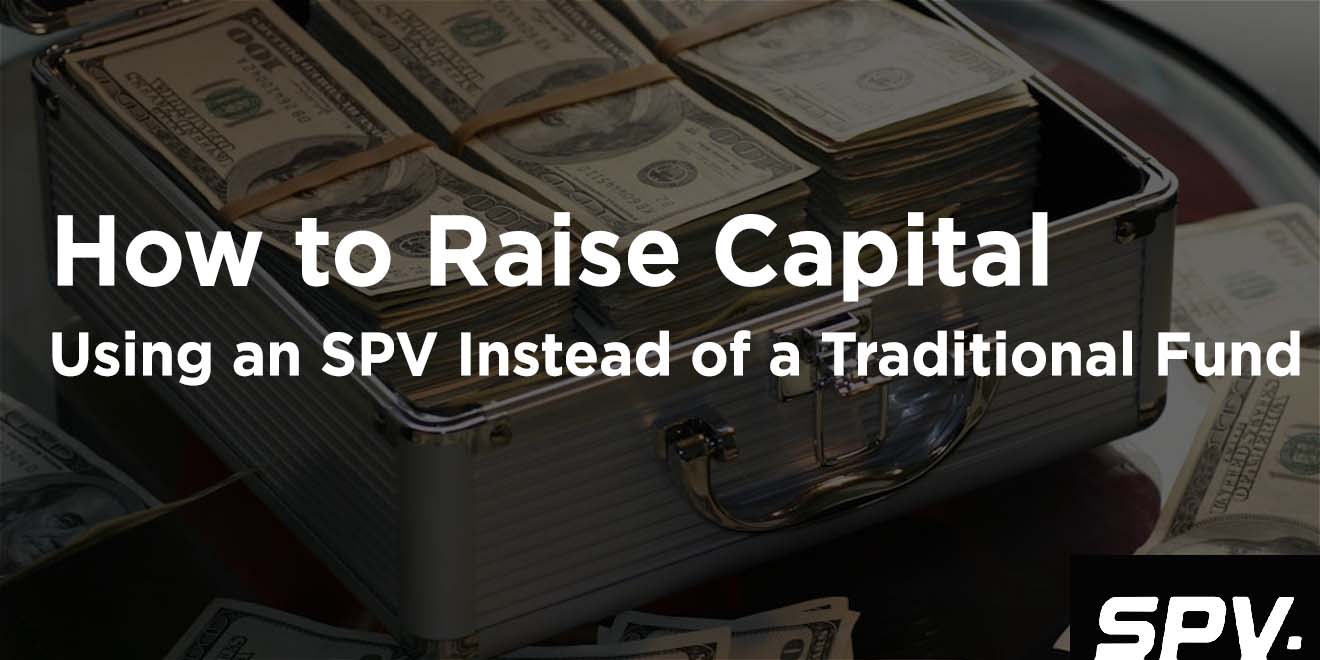
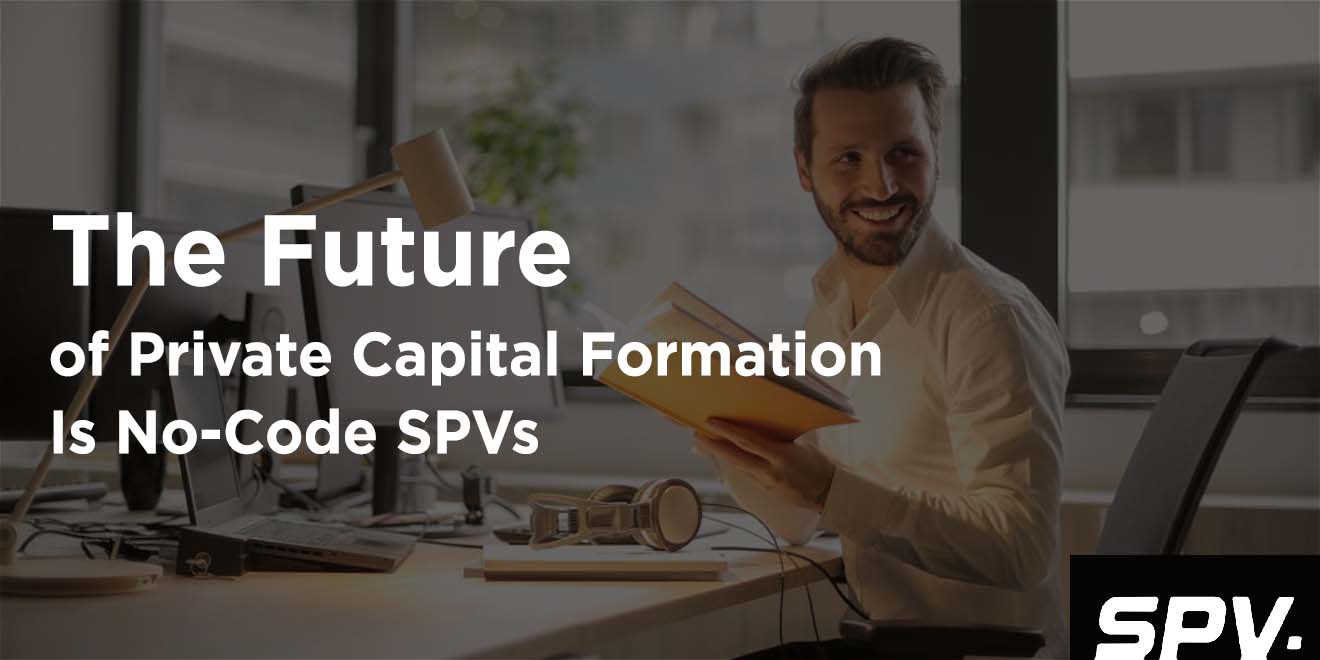
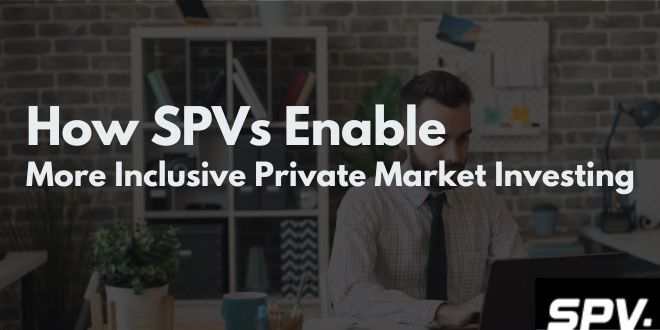

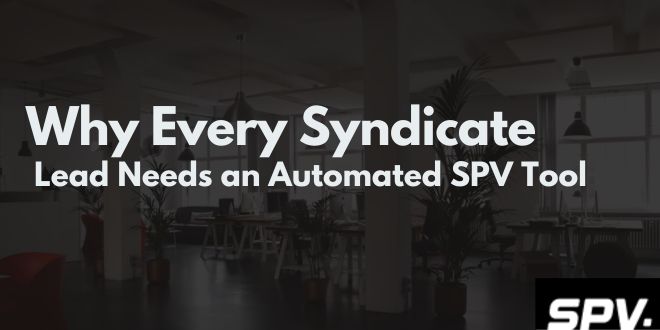
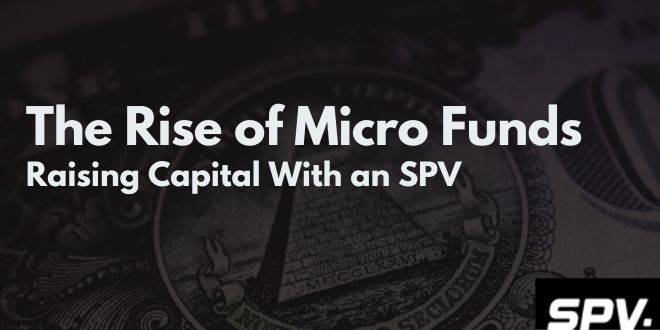
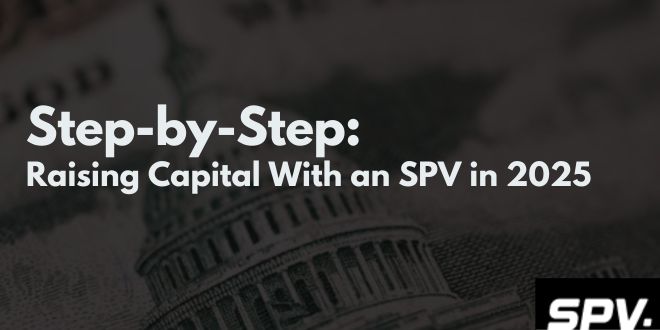


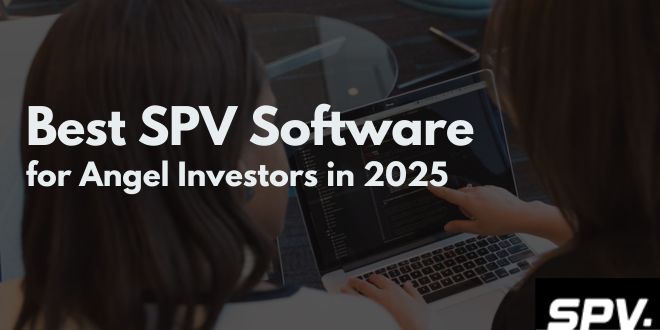
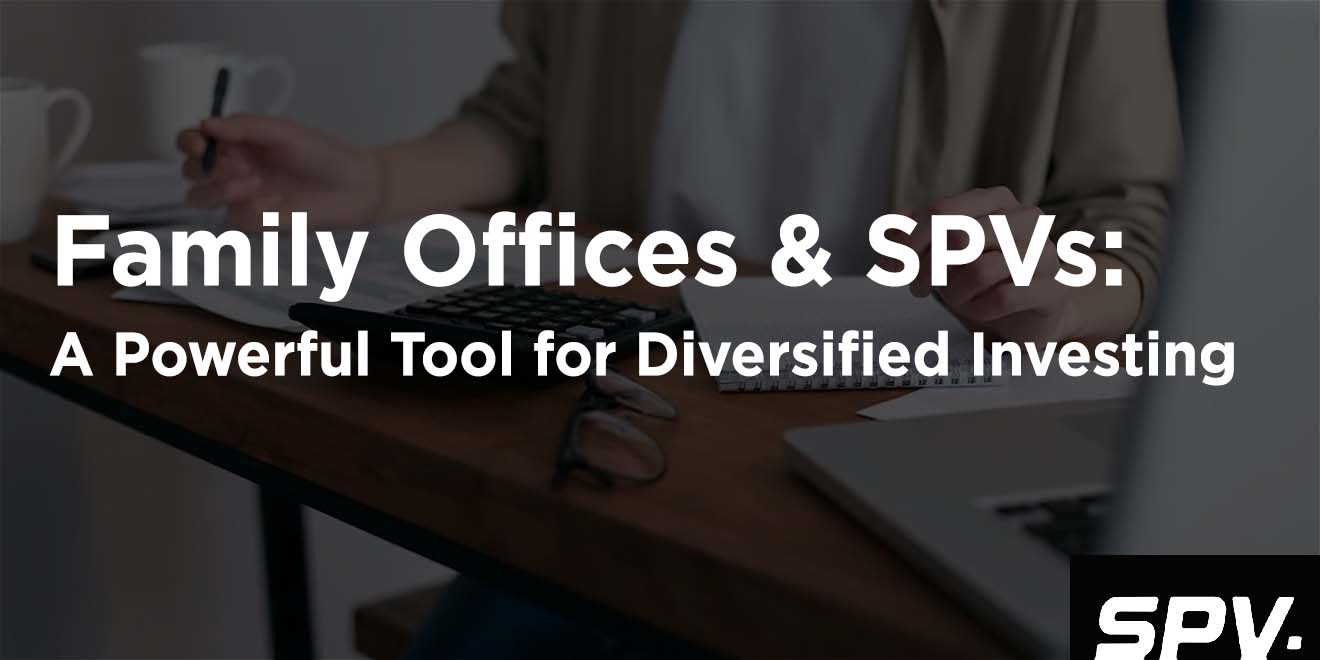
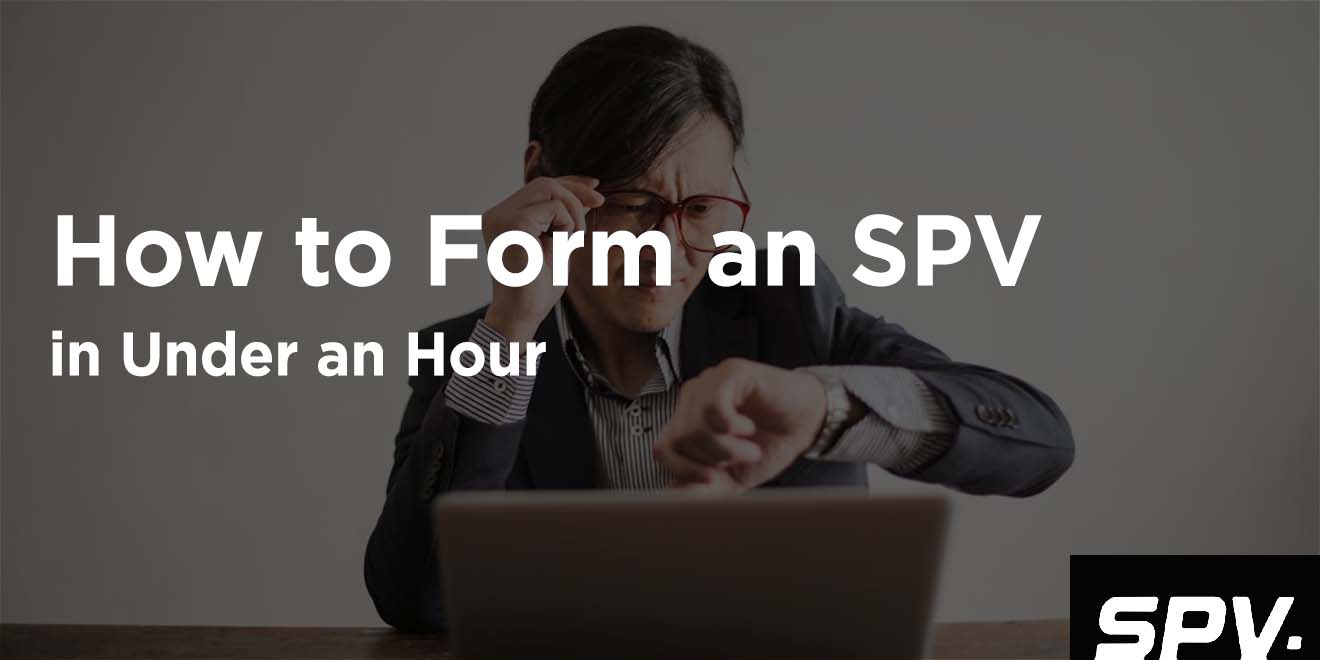
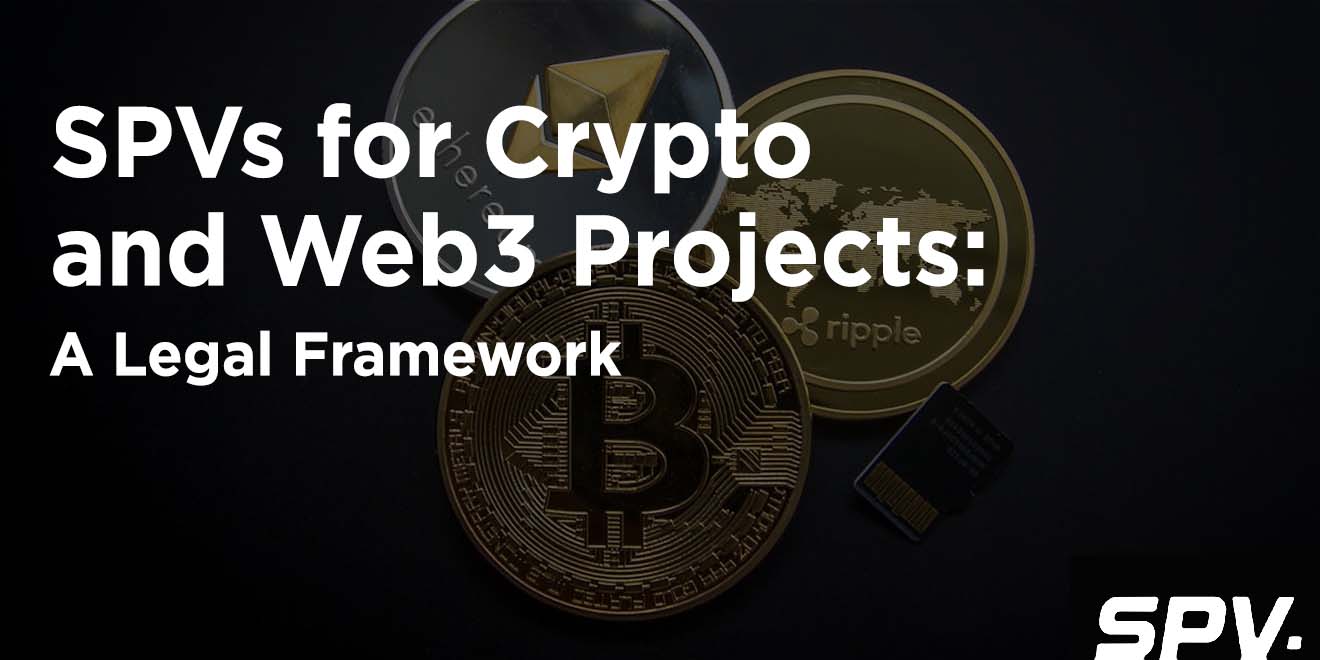

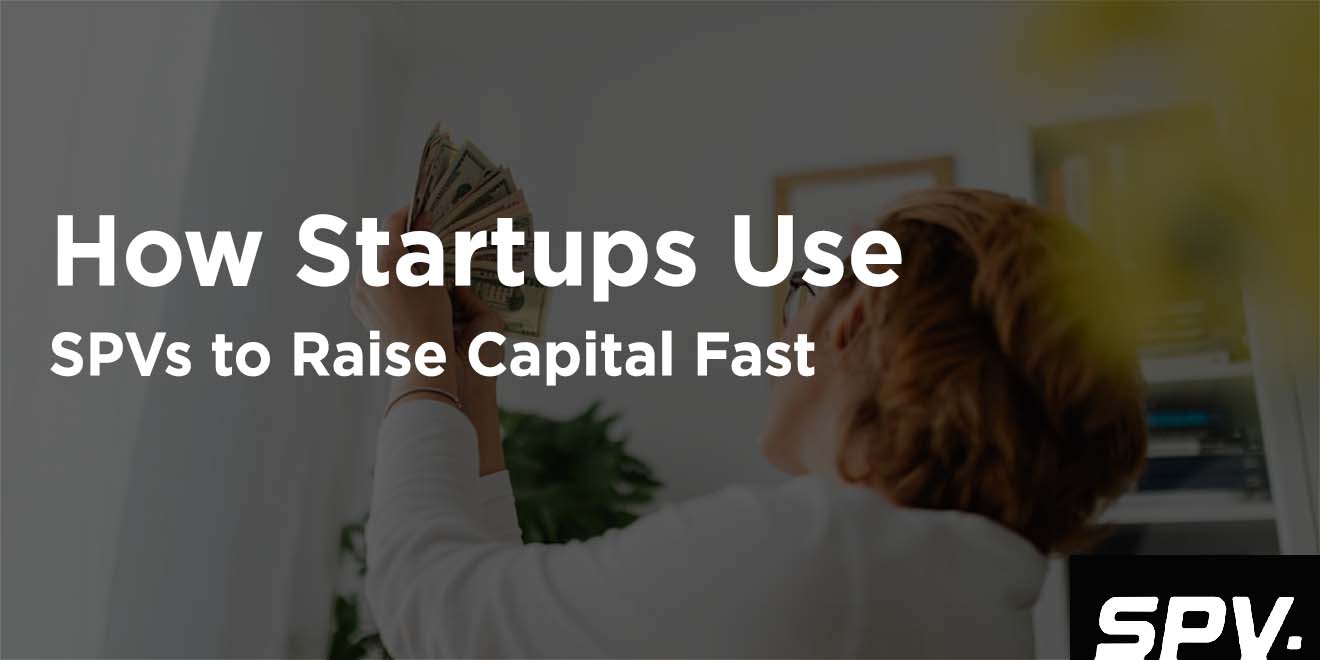


.jpg)


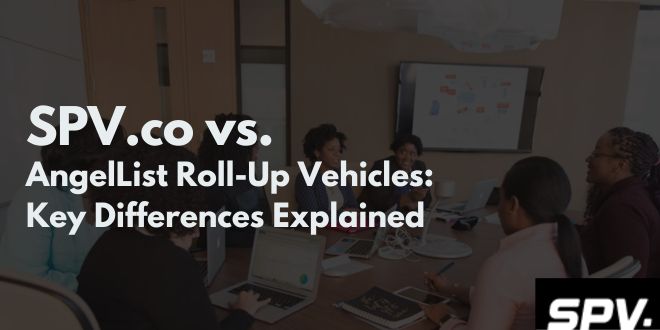

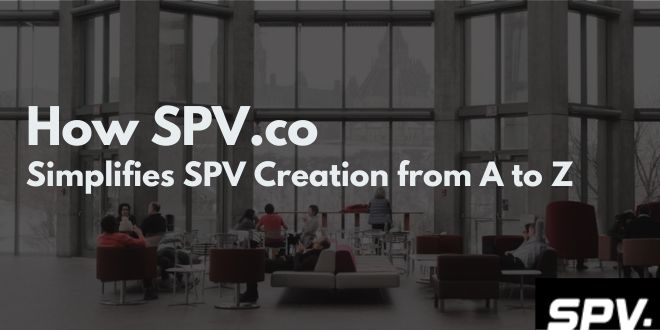
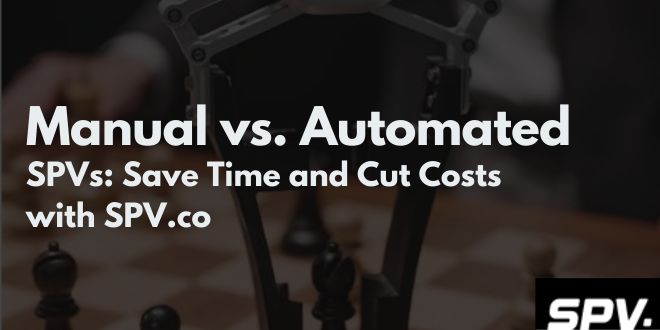
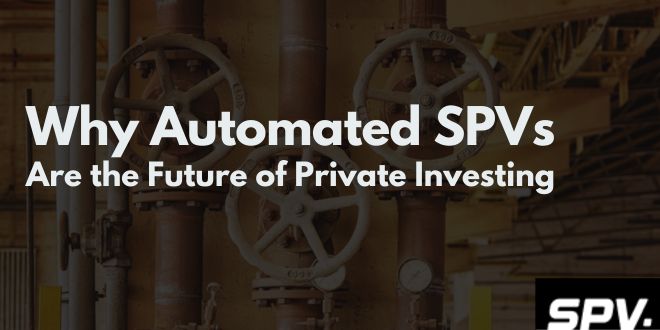

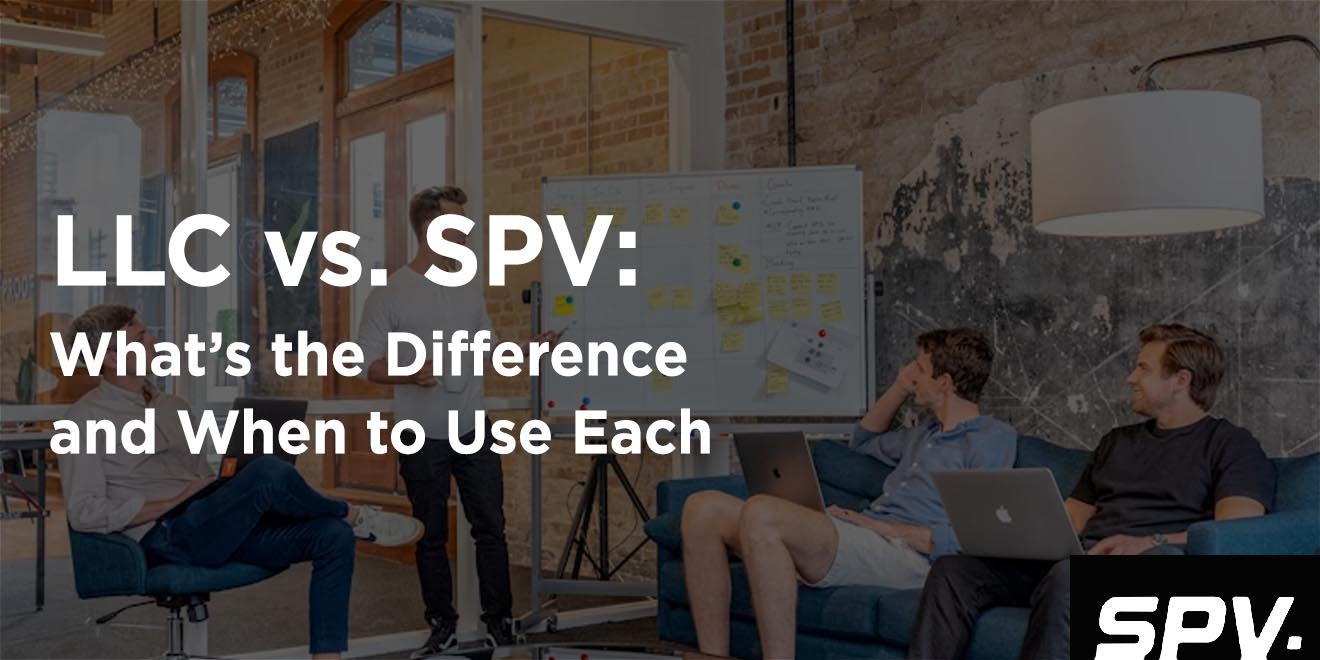
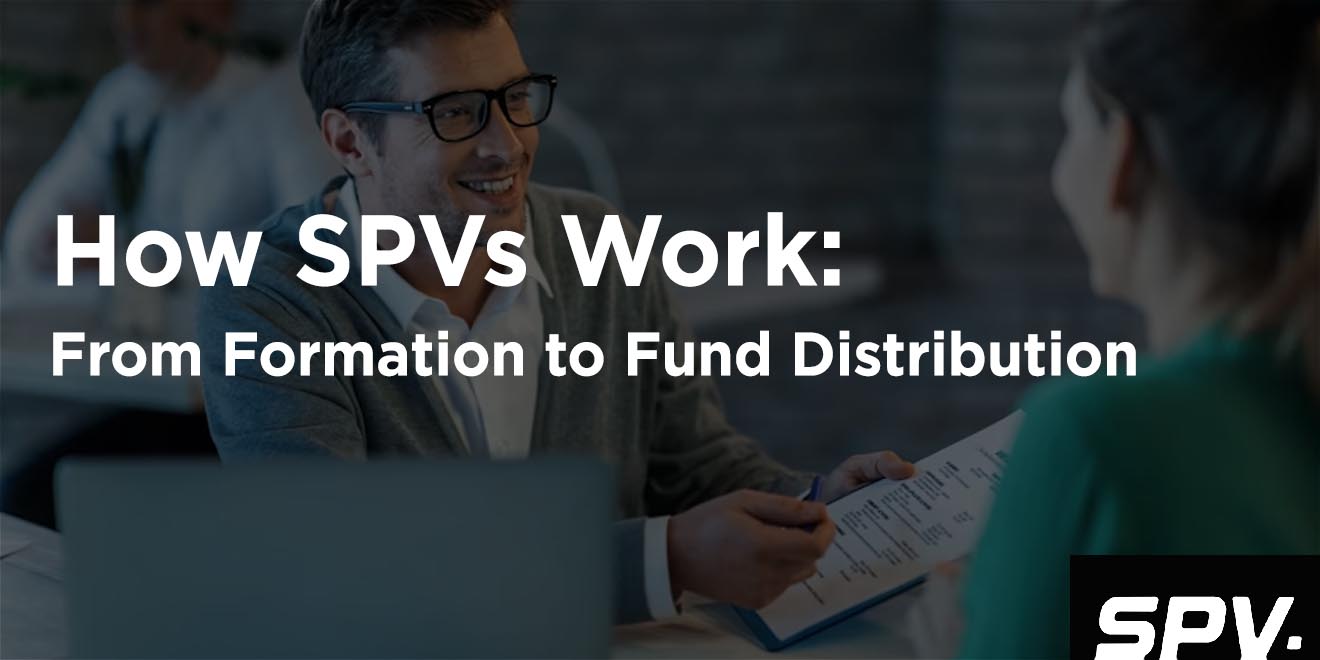
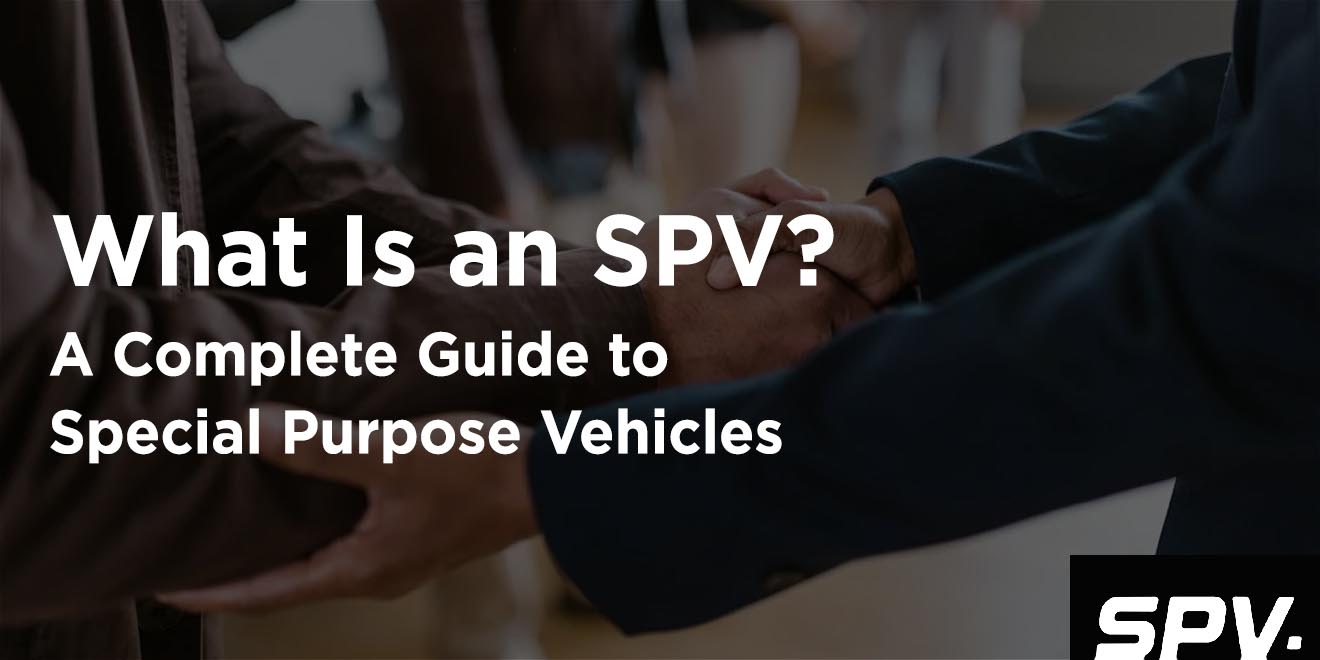
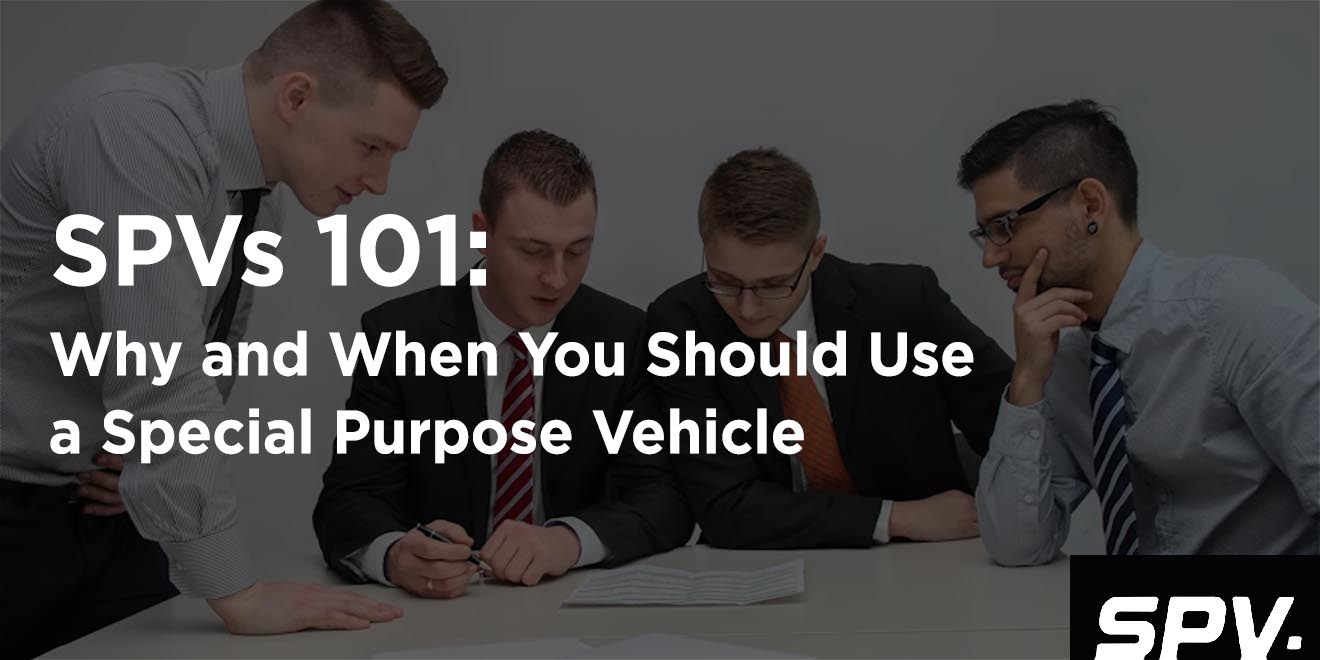





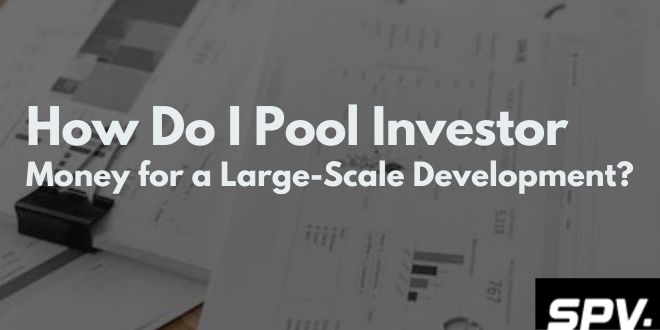


.jpg)










.jpg)




.jpg)
.jpg)




